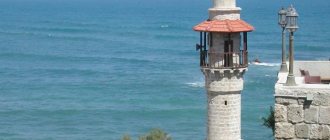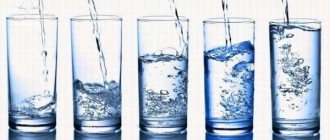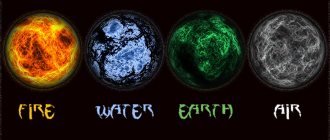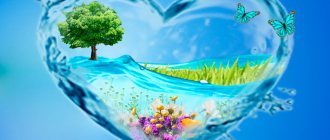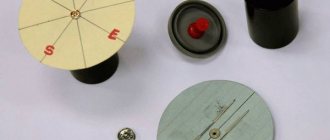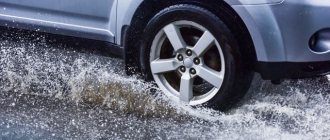Cetraria icelandica (Icelandic moss).
This is a foliose-fruticose lichen. Grows on trees, stumps, soil in open sandy places in pine forests, in swamps, away from industrial pollution. The presence of Icelandic moss is an indicator of the cleanliness of the environment. It has high antimicrobial activity against staphylococci, streptococci and some other microorganisms. Has adsorption properties. Contains iodine.
The height of this lichen is up to 10 cm. The thallus is formed by flat, sometimes grooved, folded lobes. The upper surface of these lobes is brown or greenish-brown and shiny. The lower surface is lighter in color: light brown, almost white, with numerous white spots and breaks in the bark. To disinfect water, use it in the same way as reindeer moss.
First aid kit products for water disinfection
We present them for your reference, but do not recommend them, as they can be hazardous to health and do not guarantee water purification. Of course, in the absence of other ways to disinfect water, these methods are better than nothing, then you can always be cured rather than die of thirst, but you need to consider the following:
The dosages are not substantiated in any way; we could not find scientific evidence why they are exactly as they are. Most of these remedies do not act on various parasites, which pose a danger no less than viruses and bacteria.
It’s better to put a spare lighter in your first aid kit to boil water.
Disinfection of water with iodine
10-20 drops per liter of water is enough.
Instead of iodine solution, you can use special iodine-containing tablets to disinfect water.
Use 5% alcohol tincture of iodine - in the proportion of 1 ml per 4 liters of water. The water must stand for 30 minutes. Allergic reactions are possible; use with caution in pregnant women. The downside is that the water acquires a specific taste. Not suitable for frequent use.
Disinfection of water with potassium permanganate
It is necessary to add a crystal of potassium permanganate to the water until a faint pink color appears. After cleaning, filtration is required.
Among the disadvantages, it is difficult to buy, it may be prohibited in some countries, poisoning or damage to the stomach and mucous membranes is possible if used incorrectly, even death.
Disinfecting water with hydrogen peroxide
It is necessary to add one to two teaspoons of peroxide per liter of water, or one to two tablets of hydroperite.
We do not recommend using it, although under the influence of stomach acid the resulting peroxide solution inside the stomach will disintegrate into water and oxygen. It is important to monitor the dosage, since excess of the active substance can cause burns to the mucous membranes.
Hydrogen peroxide is an alkaline and will react with stomach acid, causing the active release of oxygen, which can lead to bloating and other serious problems in the body.
Other antiseptics from the medicine cabinet, which can be used to gargle and wash mucous membranes, and which allow entry into the body, for example miramistin, chlorhexidine. But they may not act on viruses, for example from the RNA group.
Additionally
In coniferous forests, where the ground is covered with moss, it is easy to obtain suitable and clean water for consumption. Its source will be moss itself. Moss has antiseptic properties and it absorbs water like a sponge.
To extract water from it, just turn it upside down and squeeze it out.
The resulting water can be safely consumed. If desired, the water can be filtered, as it is a little cloudy.
Video
Advice: do not get into emergency situations, always take a source of fire, a mug or a pot with you into the forest, and sew a pack of Aquatabs tablets and hunting matches into the lining of your clothes, wrapping them in a garbage bag. And you don't have to use our advice.
Disinfection and disinfection of water in the field using celandine.
Common names for celandine: warthog, warthog, gladishnik, glechkopar, yellow milkweed, yellow spurge, bloodwort, swallow grass, melon grass, sparrowgrass, dog soap, chastukha, clean grass, clean grass, nutcracker. It grows in damp ravines, bushes, clearings, deciduous forests, but more often as a weed in pastures and weedy places. The plant has a straight, branched stem 50-100 cm high. If it is broken, drops of thick milky sap will appear, which in air immediately turns bright orange-yellow, darker than the flowers.
The leaves have 3-5 pairs of round or ovate lobes. Green above, bluish below. The flowers are golden yellow, collected in a simple umbrella. Each flower consists of four petals, about 1 cm long. It blooms from May to August. Has powerful bactericidal properties. But the plant is poisonous, especially the roots. Therefore, you need to be extremely careful with him. To disinfect and disinfect water in the field, take 150 grams of celandine herb per 10 liters of water and boil. Then filter.
Based on materials from the book “Survival beyond the threshold of civilization.” Nagorsky S.V.
How to choose a hiking water filter
When choosing a filter for water purification while hiking, you need to pay attention to the following parameters:
- Filter size;
- Filter weight;
- Filter type;
- Spare parts for the filter;
- Possibility of water disinfection;
- What water containers can it be used with?
The filter is an element of camping equipment, so its weight and size are one of the most important parameters. Here you need to take into account the number of people in the group, where the filter is used in a permanent camp, or whether it will be with you most of the time during the transition. It is necessary to select its weight based on the place of use.
Types of hiking filters
There are many different types of portable filters, let's look at the main ones.
Flow type filter or straw filter
Camping straw filter
The cheapest and most affordable filters allow you to drink water directly from the water source.
- Pros: compactness, light weight and size, low price;
- Disadvantages: inconvenient to use, the filter is individual, it is impossible to fill a container with water with it, it cleans water well from mechanical impurities, but poorly from bacteria and microorganisms.
A sponge with iodine or chlorine is used as disinfecting elements in the filter, but due to the short time of contact of water with these substances, the quality and degree and effectiveness of cleaning is quite difficult to assess. Depending on the type of filter element materials, it can process from 200 to 1000 liters of water.
In our opinion, this filter is not suitable for hiking; its main purpose is as an option for emergencies, for example for the MMB (Moscow Forced March), for fishermen or hunters as an emergency kit.
Also, to use it you will have to lean very close to the water source, which in some situations may not be safe.
Hiking filter pumps
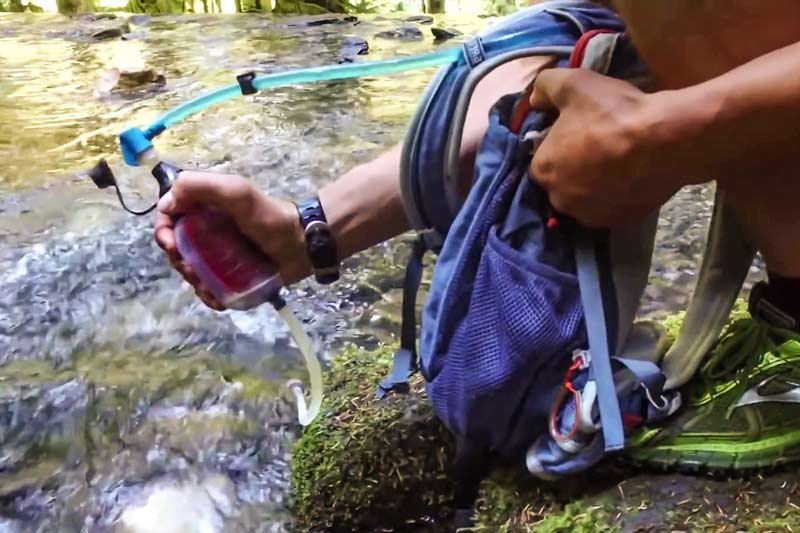
In our opinion, the most suitable filter for hiking conditions. Using a pump and filter, you can clean and fill any pot or flask with water.
Filters usually have replaceable cartridges that can be easily replaced.
A hand pump is used as a pump, which makes it possible to use it in any conditions; thanks to the long hose, water can be obtained from difficult-to-locate sources.
We recommend: Lucky Fish Finder FFW718 echo sounder, features, reviews
There are filters with an electric pump, but they require an additional power source.
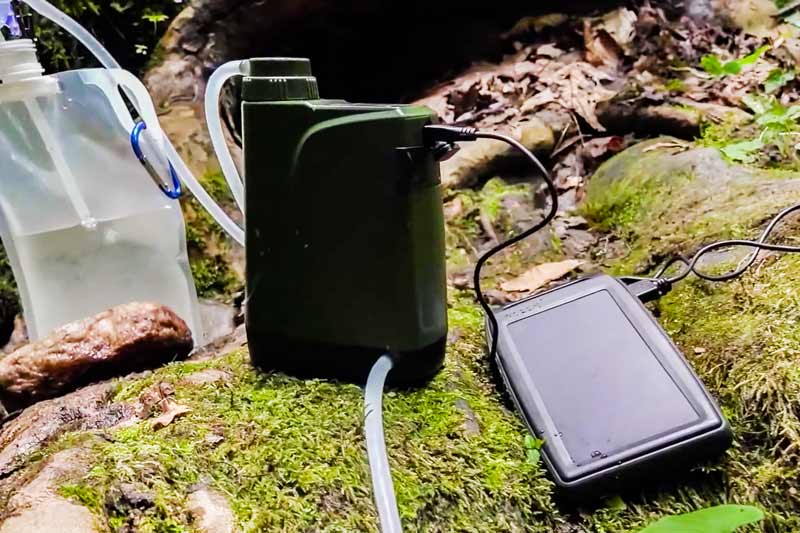
Filter with electric pump
Gravity hiking filters
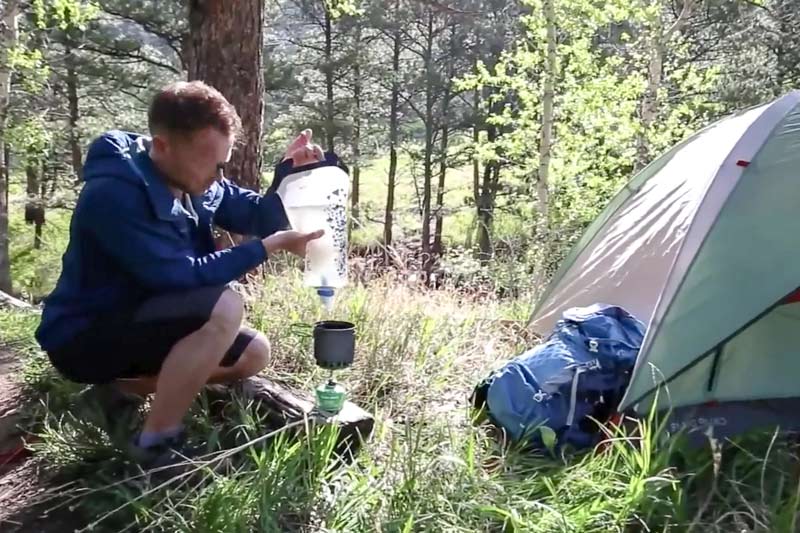
Gravity camping filters are a bag with a filter element attached to it from which, due to gravity, purified water drips into a prepared container.
This filter is well suited for use in base camps, large groups and camping. For a single tourist it is redundant and very large.
Cover filters
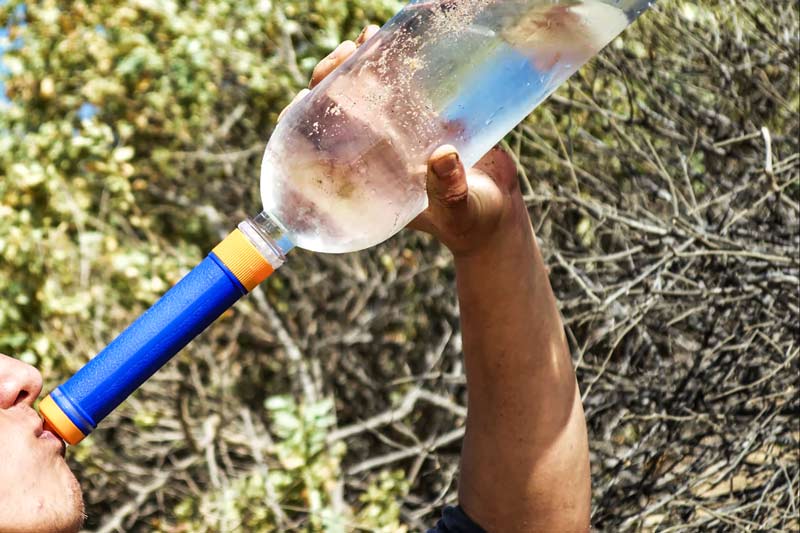
There are special cap filters that can be attached to the neck of a bottle and filter dirty water. Their main disadvantage is that you are tied to the container with which they will be used.
Spare parts for filters
All filters have a filter element designed to hold a certain amount of water, and it has an expiration date, so it will have to be changed regularly.
Therefore, when purchasing a filter, choose large and well-known manufacturers, or filters with universal cartridges.
Removal of bacteria, protozoa and viruses with a filter
A mechanical filter does not remove bacteria, protozoa and viruses from water. All of them can cause various diseases or infect you with parasites.
Almost no hiking filter guarantees 100% removal of these organisms.
Camping filters usually use one of three methods of water disinfection:
- Iodine;
- Chlorine;
- Ultraviolet.
Iodine can leave an unpleasant aftertaste in water, it does not kill all protozoan microorganisms and its use is contraindicated for pregnant women .
Chlorine is a fairly effective and cheap product; it is used to purify almost all water around the world, but it is highly toxic.
You should not drink water immediately after treating it with chlorine; chlorine evaporates from the water after a couple of hours, or after boiling.
Ultraviolet disinfectants
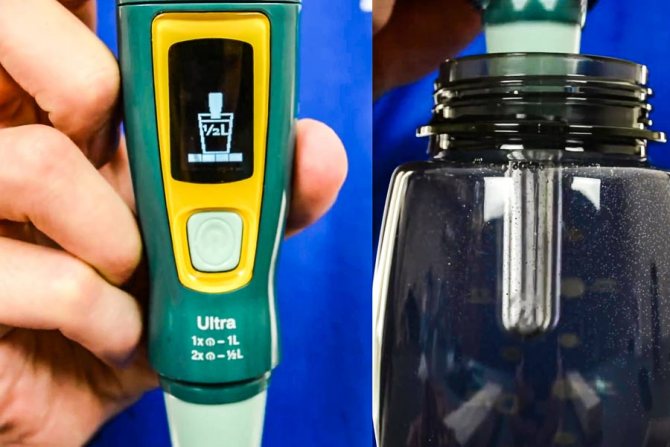
Ultraviolet light effectively kills bacteria, viruses and protozoa and makes the water potable, but the instructions must be followed and a power source is required for it. It requires a mechanical cleaning filter and a power source.
Sources of water supply and their suitability for disinfection

Floor-standing dispenser AquaPro 6207CH (cooling/heating/room temp.)
Wall-mounted dispenser AquaPro 3207CH (cooling/heating)
Aeration column AS-0844 VO-90
Surface water resources are obtained from rivers, reservoirs, wells, and lakes. In this case, when assessing the suitability of a liquid for drinking, the location of industrial enterprises from which the release occurs is taken into account. The most contaminated areas are those located near cities and factories. The likelihood of infection by bacteria and viruses is also considered. In an open reservoir, the composition changes depending on the time of year.
The water in the river is often silty, brownish in color, and contains a large amount of minerals. Most often, harmful microorganisms enter with wastewater from private homes or farms. Active algae growth is often observed in lakes. Vegetation purifies water masses, but at the same time serves as a good environment for the development of plankton and pathogens. Open sources purify themselves naturally, but this is not enough. Therefore, filtration and disinfection must be carried out using specialized equipment.
Cottages are often supplied not with surface water, but with underground water obtained from an artesian well or spring. At great depths, there is a low content of microorganisms, since wastewater does not enter here. There is also no exposure to sunlight, which creates favorable conditions for the development of pathogens.
During the examination, the hydrology of rock layers is taken into account. Be sure to consider the sanitary situation in the water intake area. It determines not only the current condition, but also the likelihood of infection in the future. Deep water sources are considered the safest, but they may contain increased levels of heavy metals.


